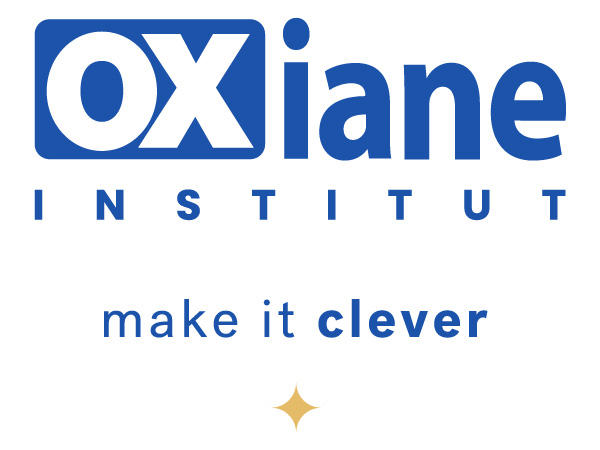-
Filière :
Gestion de données
-
Sous-filière :
Data Platform/BI
-
Référence
MS-DP080
-
Durée
4 jours (28 h)
-
Prix par personne HT
2 450 € HT
 Description
Description
Ce cours Querying Data with Microsoft Transact-SQL (Dp-080) vous enseigne les bases Microsoft’s dialecte du langage SQL standard: Transact-SQL. Les sujets abordés comprennent l’interrogation et la modification de données dans des bases de données relationnelles hébergées dans des systèmes de bases de données basés sur Microsoft SQL Server, notamment: Microsoft SQL Server, Azure SQL Database et, Azure Synapse Analytics.
De l’utilisation des commandes SELECT à la gestion des JOINTURES et sous-requêtes, jusqu’à la modification des données, ce cours vous offre toutes les compétences nécessaires pour exceller dans le domaine de la gestion des bases de données. Rejoignez-nous à travers le cours Querying Data with Microsoft Transact-SQL pour transformer votre compréhension du SQL et devenir un expert en Transact-SQL.
 Objectifs pédagogiques
Objectifs pédagogiques
- Utiliser les outils SQL
- Apprendre le commande SELECT pour extraire des colonnes d’une ou plusieurs tables
- Trier et filtrer les données sélectionnées
- Utiliser des fonctions intégrées pour retourner des valeurs de données
- Créer des groupes de données et agréger les résultats
- Modifier des données avec Transact-SQL en utilisant INSERT, UPDATE, DELETE et MERGE
 Public cible
Public cible
- Administrateurs de bases de données
- Développeurs de bases de données
- Professionnels de la Business Intelligence
- Power User SQL
- Business Analystes
- Développeurs d’applications clients
 Pré-requis
Pré-requis
- Pas de prérequis
 Programme de la formation
Programme de la formation
Module 1 : Introduction à Transact-SQL
- Comprendre l’utilité de SQL
- Identifier les objets de base de données dans les schémas
- Identifier les types d’instructions SQL
- Utiliser l’instruction SELECT
- Travailler avec les types de données
- Gérer les NULLs
Module 2 : Trier et filtrer les résultats en T-SQL
- Trier vos résultats
- Limiter les résultats triés
- Retourner des résultats paginés
- Supprimer les doublons
- Filtrer les données avec des prédicats
Module 3 : Combiner plusieurs tables avec des JOINTURES en T-SQL
- Décrire les concepts et la syntaxe des jointures
- Écrire des requêtes utilisant des jointures internes et externes
- Écrire des requêtes utilisant des jointures croisées
- Écrire des requêtes utilisant des jointures internes
Module 4 : Écrire des sous-requêtes en T-SQL
- Comprendre ce que sont les sous-requêtes
- Utiliser des sous-requêtes scalaires ou multi-valuées
- Utiliser des sous-requêtes autonomes ou corrélées
Module 5 : Utiliser les fonctions intégrées et GROUP BY en Transact-SQL
- Catégoriser les fonctions intégrées
- Utiliser des fonctions scalaires
- Utiliser des fonctions de classement et de jeu de résultats
- Utiliser des fonctions d’agrégation
- Résumer les données avec GROUP BY
- Filtrer les groupes avec HAVING
Module 6 : Modifier les données avec T-SQL
- Insérer des données dans une table
- Générer des valeurs automatiques
- Mettre à jour des données dans une table
- Supprimer des données d’une table
- Fusionner des données basées sur plusieurs tables
Ce programme prépare à l’examen Microsoft. La certification est en option, avec un voucher d’examen disponible au tarif de 210 euros.
Qualité
Cette formation est accessible aux personnes en situation de handicap, nous contacter en cas de besoin d’informations complémentaires.
Programme mis à jour le

